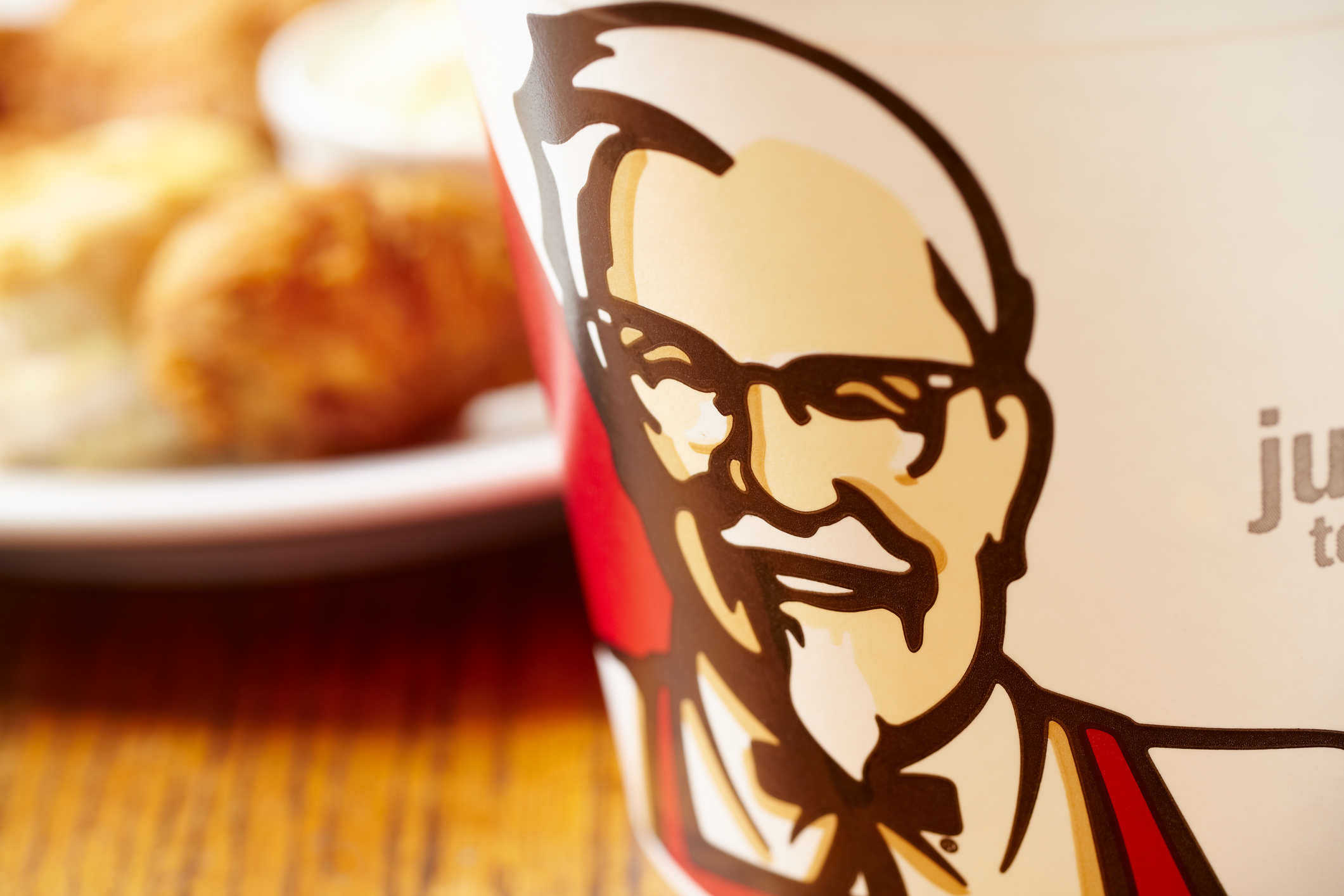January 17, 2018
Podcasting Comes to B2B Communications

In 2017, as the popularity of podcasts continued its incredible growth – 42 million Americans now listen to a podcast each week and the average podcast fan listens to five shows every seven days – we had the fascinating experience of producing and launching podcasts for some of our clients.
One such project was the ThinkSet Podcast, published by Berkeley Research Group, a management consultancy based in the Bay Area. BRG joins a list of innovative corporate communicators getting into the game.
As we work on more and more podcasts, we’ve learned a lot about storytelling in the digital age. Much of what has worked in more traditional business-to-business communications remains relevant. But there are quite a few wrinkles to podcasting that set it apart from traditional content production.
The ThinkSet Project
Edward Newland, business development analyst at BRG, reached out to us in early 2017 about launching a podcast as a sister product to ThinkSet Magazine, a quarterly publication BRG would debut that spring. Newland’s idea was to build each episode around an interview with an author of one of the magazine articles.
We worked with Eddie to determine standing elements of the show – format, music, regular introductory and closing remarks – and showed him how to distribute the series via iTunes and other podcast channels. Before long we were producing two episodes a month, and we plan to do the same through 2018.
Early Assets, Obstacles
Importantly, Eddie’s idea was a good fit for a podcast. He would serve as the host role and anchor – a hallmark of many popular podcasts (think Marc Maron) – and the content from the magazine would provide fodder for lively and informed conversations with people who had deep knowledge and strong points of view.
Eddie also had done his homework about why a podcast could resonate with BRG’s audiences. At a time when breaking through the noise and reaching decision makers has never been more important, or difficult, for professional services organizations, podcasts offer a compelling channel. Podcast listeners, according to Edison Research, are typically more educated than the population at large. They also skew younger – 77 percent of monthly podcast listeners above the age of 12 are between 18-54, compared with 59 percent of the U.S. population in that age range. In other words, podcasts are popular with the current and future generations of decision makers.
And, of course, podcasts provide an owned-media alternative to the printed word or video, which is expensive and heavily reliant on visuals. Podcasts also offer a sort of escape for audiences, like busy executives, who might be experiencing screen fatigue. As Jayson DeMers, founder and CEO of AudienceBloom, wrote in Forbes last year:
“Exciting at first, screens have become exhausting for many users, and podcasts represent a refreshing alternative. Rather than using your eyes, you use your ears; there are silences, pauses, and genuine human voices rather than words and images on a screen.” He also noted that “the cost-to-value ratio for podcasts is incredibly low.”
When Eddie first reached out to us, he had figured out something we had been telling clients for a while: Compelling video footage of thought leaders at professional services firms is hard to get, and often amounts to little more than a lot of people sitting at desks, talking into the camera.
Podcasts also helped avoid a scheduling problem that’s common in today’s world. Eddie’s potential guest list was spread around the globe, so getting them together for a video would be unlikely. Podcasts, of course, don’t rely on video. And while in-studio/in-person recordings remain the gold standard for audio quality, there have been some important advances in remote recording audio quality in recent years.
Employing a new online recording platform, Eddie has recorded episodes of the ThinkSet podcast from his Boston office, interviewing guests across the United States, the United Kingdom and the Middle East, all of which is captured by Greentarget producers in Chicago (and, once, in Bangkok).
Tried-and-True Methods
Most of the content we create for Greentarget clients takes the form of writing on a page (blogs, research reports, bylined articles, etc.). But many of the tasks involved carry over to podcasting. For BRG’s podcasts, we conduct extensive background research prior to each episode. Then, we have a discovery call with Eddie and each episode’s guests. This is similar to the work that goes into writing articles and blog posts.
The editing process is also similar. We typically record for up to an hour, with the aim of producing a podcast of 20-25 minutes. Working with Eddie, we pare down the recording to the most impactful and interesting pieces of audio that also coincide with BRG’s overall messaging goals. This is quite similar to the work we do with clients on written content pieces.
Episode 10 of ThinkSet went live this week, and we’re expecting three episodes to be released this month. This isn’t the only way to do podcasts, of course, but it is a good example of a progressive company seizing on new technology and audience behavior to get its insights in the hands of the people it wants to reach.









